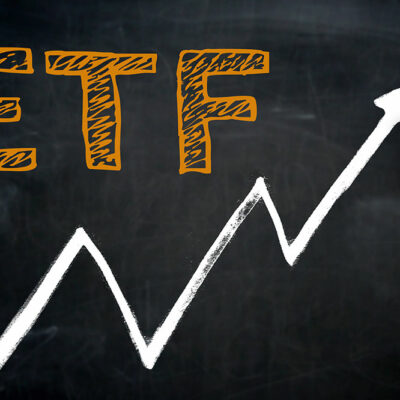
4 foods that can increase the risk of diabetes
Diabetes is an autoimmune disease that affects nearly 100 million people globally. Food plays an important role in managing diabetes symptoms and its related complications. Most severe cases of diabetes and its associated complications are a result of long-term consumption of foods that increase insulin resistance and blood sugar levels. While most know of the common foods that aggravate blood sugar levels, here are some lesser-known foods that aggravate diabetes.
Flavored yogurt
Even healthy snacks like flavored yogurt contain sweeteners and other forms of artificial flavors that might increase blood sugar levels. Switch to plain yogurt and add your favorite fruits to enhance the flavor. It has been observed that Greek yogurt has twice the protein and half the carbohydrates and fats that might contribute to blood sugar levels. Icelandic yogurt is another option as it is made from skimmed milk. It is strained more than Greek yogurt, which makes it thicker and more abundant with protein.
Granola bars
Granola bars have gained popularity in recent times, owing to their energy source from healthy ingredients like cereals, nuts, and seeds. However, granola bars also contain added sugars in different forms, making them bad food for diabetes. Hence, make sure to choose from sugar-free granola bars or the ones with the least amount of sugars. You can also make granola bars at home. Homemade granola bars may be a better option as they will give you the freedom to choose the naturally sweet ingredients, thereby completely skipping added sugar.
Condiments
People with diabetes who top their healthy meals like fresh vegetable salad with salad dressing unknowingly increase their blood sugar levels. Condiments like salad dressing, ketchup, teriyaki sauce, and barbecue sauce may enhance the flavor of an otherwise boring, bland meal, but they contain added sugars that can be harmful to diabetics. It is important to note that condiment manufacturers may not outright mention sugar as an ingredient. So, avoid condiments with ingredients like evaporated cane juice, corn syrup solids, malt syrup, molasses, and sucrose, to name a few. It is highly recommended by nutritionists to replace these with sugar-free condiments.
Meat
Meat such as beef, chicken, and fishes are abundant in proteins. Meat, specifically red meat such as beef and pork, whether fried or grilled, is considered bad food for diabetes, as they have a higher content of heme-iron. Hence, it is recommended to switch to alternatives like chicken breasts and fish/shellfish. It has been observed that air-frying meat, even in the healthiest oils, can increase blood sugar levels. Alternatively, plant-based sources of proteins can be had to fulfill the protein intake. Some of them include soy, whey, pulses, and lentils. Nutritionists also suggest that people who still want to eat their favorite should cook it at lower temperatures, using methods like slow cooking, baking, sous-vide, stewing, and stir-frying.
Additionally, people with diabetes should regularly monitor blood glucose and follow a strict treatment plan to keep their blood sugar levels in check. Diabetes pens can help manage high blood sugar and administer insulin. These pens contain doses of insulin that certain people with diabetes may need to take regularly. One can easily find insulin pens online as well as at local pharmacies.
Options like BD Ultra-Fine® needles are a common choice for patients that need regular insulin injections. They have insulin syringes with varying capacities like 1 ml, 0.5 ml, and 0.3 ml. BD Ultra-Fine® needles are designed to bring comfort to the process of insulin administration and make it easier on the patients.


